|
We reached out to our festival filmmakers to ask them five questions about the experience of making their films.
What inspired this story?
Hal Hampson, Production Team Member: Predators have obviously featured in numerous natural history programmes and series over the years but, surprisingly, nobody has ever done a whole series looking specifically at the huge challenges predators face when trying to catch their prey. The aim of The Hunt was to show the reality of life as a predator – one where failure is the norm. We wanted to put these magnificent group of animals centre stage in a blue-chip series while, at the same time, showing their challenges in the context of the habitats in which they live. One thing we certainly didn’t want to do was to add to the myth of predators being the ‘bad guys’. Indeed, as the title suggests, The Hunt is exclusively about strategy – not killing! Describe some of the challenges faced while making this film. HH: Stylistically our main aim was to put the audience in the feet of our predator stars – to really feel what it is like to be, for example, a stalking tiger or leopard, or pursuit predators like African wild dogs. To do this required re-thinking traditional camera techniques. The solution was to repurpose the tried and tested gyro stabilised Cineflex system – taking it off helicopters (its traditional use) and putting it on a wide range of ground transport, from four-wheel drive trucks, to boats, ATVs and even, on one occasion, an elephant! By using the Cineflex in this way meant that we could follow a hunt for far longer than had ever been possible before. Perhaps the best example of this can be seen in the wild dog sequence, which, for the first time, shows a complete hunt from the ground.
How do you approach storytelling?
HH: One of our mottos is ‘every shot needs to be a Rembrandt’, but when it comes to storytelling a good wildlife programme obviously needs to do much more than that. An audience should be able to identify with the characters in the film and in doing that the best natural history shows cover a range of emotions, from surprise and suspense to humour. The current fashion is to err a little on the side of anthropomorphism and even for a blue-chip series like The Hunt this works really well – as long as all the information is scientifically credible. Natural history programmes can become slaves to camera techniques – like gratuitous slow motion – but, in telling our stories, it was very important that this wasn’t the case. Technology was crucial to the series but in The Hunt it allowed us to tell better and fresher stories, as described above. Finally, natural history sequences have a tendency to be too cryptic so that you don’t really know what’s going on until half way through them. Our storytelling aim in each sequence was always to ‘set it up and let it run’! What impact do you hope this film will have? HH: Predators generally get a bad rap and this is certainly not helped by the many wildlife films that show them as ‘red in tooth and claw’. The reality is very different since most predators fail most of the time (this is fairly obvious if you think about it – if predators were always successful there would be no prey, and then no predators!). So, if people feel more empathy for predators as a result of this series then we will have done our bit for these crucially important, and much maligned, group of animals. Predators are also some of the most threatened species on the planet. Many have seen their populations plummet as a result of habitat loss, poaching and now climate change. Even our most iconic predators, like tigers and polar bears face a very uncertain future. Our final episode looks at the conservation challenges surrounding these magnificent animals. We can marvel at their power and ingenuity but we also need to be aware of their plight. What next? HH: We are currently working on a major Natural History series for Netflix, called Our Planet, which transmits in 2019 and Perfect Planet - a blue, chip landmark series for the BBC, due in 2020.
0 Comments
We reached out to our festival filmmakers to ask them five questions about the experience of making their films.
What inspired this story?
Director, Producer and Editor Katie Schuler: A journey into the life of the Pangolin, the world's most illegally trafficked mammal and the world's only scaled mammal. There are 8 species of Pangolins, four in Africa and four in Asia. Because their meat is consumed as a luxury item in China and Vietnam and their scales have supposed health benefits, it is estimated that one-million Pangolins have been snatched from the wild in the last decade. All Pangolins are considered endangered and are now listed under CITES Appendix 1, the highest level of protection world wide. We don't know much about Pangolins, their lifespan and how many are left in the wild, but based on their life cycle they are likely to soon go extinct at the rate they are being killed. I think it's tragic that there are incredible species on this planet that will go extinct before most people know they exist. In 2014, I was living in Palawan, Philippines during a one-year Luce fellowship with my husband. I met with Nino Rey Estoya, who combats illegal wildlife trafficking on the island. As he described how Pangolin is caught and smuggled off the island, I began storyboarding a film in my head. I went home that day, wrote the entire script, pitched it to Nino and we began what would be over a year of production. We began interviewing undercover informants who were posing as active poachers. One of them told us, “I had an experience where I saw the Pangolin looking into my eyes as I was slitting his throat, he seemed to be begging me to stop.” His experience was a big inspiration for the film.
Describe some of the challenges faced while making this film.
KS: Because we did almost everything out of pocket, we couldn't hire actors so we cast several different people to play each major role. We were very worried about continuity issues. Despite this, we were able to record about 90 percent of the poaching process. We were missing the very beginning, the crucial moment where a live pangolin being taken from the wild. After three failed expeditions to remote areas of the island, we were in jeopardy of not being able to finish what we started. I sent a desperate email to the Bali Zoo, one of the only places in the world at that time that had an Asian Pangolin species in captivity. Amazingly, they allowed me to use Toby, their Sunda Pangolin, to capture the remaining scenes. How do you approach storytelling? KS: The film is sort of an amalgamation of documentary, investigative journalism and re-enactment. In my personal work, I'm always trying to make beautiful images and show things from the perspective of the animal.
What impact do you hope this film will have?
KS: For people to emotionally connect with the Pangolin and its journey and to feel inspired to want to protect it. That people share the film with their friends and family. Conservationists, researchers, government officials....everyone needs to work together to solve this issue locally and on the demand side. If you want to get involved there are many Pangolin conservation organizations out there. I'm currently working with the IUCN Specialist Pangolin Group, pangolinconservation.org and OneMoreGeneration.org. Pangolin has been in high demand at film festivals world-wide, winning four best short awards and joining the NatGeo Short Film Showcase. It has also been an important tool for conservation, and has been used as part of One More Generation's pangolin initiative in primary schools, featured in The Nature Conservancy’s social media campaign to decrease consumption in China, and used as a central part of the U.S. Wildlife Trafficking Alliance's digital toolkit serving - reaching over 25 million travelers annually to end demand for illegal wildlife products. I have also been offered a seat on PangolinConservation.org's Board of Directors, and launched Instagram's @PangaforPangolins account, which raises awareness about pangolins using a child-friendly mascot. Were there any surprising or meaningful experiences you want to share? KS: I am overjoyed that people are emotionally connecting with the film and that audiences seem to pick up on the fact that we were not trying to make villains out of the poachers, smugglers and buyers. Sometimes we get opposite reactions though, from people that are furious and seem to want to avenge the Pangolin from those that create the demand. It's challenging to come up with the best strategy to combat the illegal Pangolin trade, especially when consuming these animals is ingrained into the culture.
Anything else you would like people to know?
I have a mascot for the film, Panga, who has her own instagram following. You can follow her journey around the world. See here for more details: @pangaforpangolins What next? I’ve become a sort of one-woman coordinating machine between researchers, zoos and rehabilitation centers worldwide. It’s an all hands on deck project and many days my time is split between keeping track of new solutions to the illegal trade such as DNA sourcing, dog-sniffing and GPS tracking while also keeping tabs on new scientific discoveries, and research initiatives being launched. I feel honored to be a part of a larger community of people who care deeply about the future of pangolins and am proud to be working alongside them to advance global conservation and protection of this animal. I can’t wait to sink my camera into some of these unfolding stories, help amplify these messages, and hopefully recruit new pangolin advocates. Later this year, I’ll be covering groundbreaking scientific discoveries with pangolin researcher Justin Miller in Togo. I also have work planned in early 2018 to construct photographic essays and other stories about the cultural consumption of pangolins in Southern China and its connection to traditional Chinese medicine. Every two years, the world’s best wildlife filmmakers and conservationists alike arrive in Grand Teton National Park for the Jackson Hole Wildlife Film Festival. Delegates are surrounded by one of the last relatively intact temperate ecosystems left on earth, the Greater Yellowstone Ecosystem. Jackson Hole Ecotour Adventures has been a proud partner of the festival for the past two seasons and was delighted to share Grand Teton National Park with delegates during the festival. At dawn, delegates departed the Jackson Lake Lodge on a morning safari in four Ecotour Adventures Safari Vehicles. We were treated to a beautiful sunrise bathing the Tetons in pink morning light, listening to the calls of bugling elk in the distance. September and October are the rutting season for elk and other hooved mammals, providing opportunities to observe fascinating mating behavior. Bear activity also peaks in the fall and we observed both black and grizzly bears on the tours. In fall, both species enter a state known as ‘hyperphagia’ meaning over eating. Seeking to consume upwards of 20,000 calories a day, bears are constantly on the move looking for food sources. Like elk, moose are mating throughout the fall and we found a large bull pursuing a cow early in the morning. Weighing upwards of 1000 pounds, the shiras subspecies of moose is actually the smallest of the three North American moose species, but they still cut an impressive figure. The groups also observed bison and pronghorn antelope with a classic Teton backdrop. Nearly exterminated by the late 1800’s bison have made a recovery in Yellowstone and Grand Teton National Parks. Today they contain some of the largest remaining herds of wild bison in the world. Pronghorn often share habitat with bison and make up for their much smaller size by being the fastest land animal in the Americas. Prior to their extinction during the Pleistocene ice age, the North American cheetah pursued pronghorn, who have retained the sharp eyesight and speed required to evade such a predator. In the afternoon a second group of delegates joined the Ecotour Adventures Guides on a sunset tour, observing many of the same species, grizzly bears and finished up the trip by watching the sunset of the Tetons while observing a herd of cow elk with a single large bull. It’s no secret that Grand Teton and Yellowstone National Parks are popular filming destinations thanks to their diverse and plentiful wildlife. We feel fortunate to have had the opportunity to share the best Grand Teton has to offer with the JHWFF Delegates.
Jackson Hole Ecotour Adventures would like to extend a big thank you to delegates who were able to join us on safari. We’d love to see you again and are offering 10% off future trips to all Delegates. Email us at info@jhecotouradventures.com for more information. This winter, Ecotour Adventures is thrilled to announce a ski and snowshoe addition to our tour offers, which include winter wildlife safaris in Grand Teton and Yellowstone National Parks. With stunning landscapes and concentrated wildlife populations, winter is one of our favorite times to explore the Greater Yellowstone Ecosystem. Winter wildlife viewing opportunities include dense concentrations of elk, deer, bison, bighorn sheep, pronghorn, and moose, increased wolf activity, diverse waterfowl, bald and golden eagles, and more. Maximize your winter trip to Jackson Hole with a combination wildlife tour and ski or snowshoe trip into the Tetons. JHWFF Delegates get 10% off, contact us info@jhecotouradventures.com to book. By Abbey Greene Jackson Hole WILD Festival attendees that participated in our Carbon Offset Program saved the 70 tonnes of CO2 from entering the atmosphere. According to the Environmental Protection Agency, that’s the same as:
How did we do this? Just a matter of weeks ago, the 2017 Jackson Hole Wildlife Film Festival and Conservation Summit took place. As an event that represents the best of the best wildlife and conservation filmmaking, our team felt it important to put our beliefs into action, and include an optional carbon offset fee at registration, among other green changes made this year. This optional $25 fee would offset their travel emissions by putting their money towards a green project, dedicated to taking carbon out of the atmosphere, and protecting habitats for rare cat species. 70 people, or ~10% of our delegates participated this year, with funds raised being donated to a Gold Standard project that will help combat global warming and provide and protect cat habitat.
What really stood out to us about Gold Standard projects was all of their projects cannot only have a positive impact on the climate to be certified; the projects must do more than that. They are required to contribute to at least two additional UN Sustainable Development Goals (SDGs). Reducing greenhouse gases also leads to benefits such as new jobs, better health, improved gender equality and the protection of natural habitats and endangered species. This way, the local community benefits from the project as well. Since this is the year of Cats, we settled on supporting Gold Standard’s Vichada project. According to Gold Standard’s website, “The project is located in the Vichada Department and the Orinoco river basin, combining reforestation for timber production with biodiversity protection and ecosystem restoration. In addition to the reforestation of the savannah, the project protects the remaining patches of native vegetation and creates additional conservation areas on the banks of rivers and other watersheds. The forests offer a natural habitat for native animals and plants, protect and enrich the soil, save and filter water and contribute to the mitigation of the greenhouse effect.” By supporting this project, we are helping 80 million trees to be planted, and 76,356 hectare to be reforested (1 hectare=100 acres). Not only does the project help restore habitat, it helps restore habitat for cats and other wildlife. Julian Ekelof, Director of CO2OL Climate Solution, said this project was a good fit for us and our goals. “The Colombia project in Vichada creates forest habitats in a region that has remaining jaguar and puma populations,” says Ekelof. “The way the project is set up tries to bridge existing forest patches in order to create large areas of connected habitat for migratory species. The same is true for the project CO2OL Tropical Mix (in Panama). In addition, there have been several instances where the ocelot has been spotted in this project.”
This year was the first year we offered the carbon offset fee, and the more people hear about it, the more we hope for it to grow as we continue holding film festivals and events. There will be an optional donation available for the Big Cat Film Festival, so if you like everything you’ve read above, please donate when registration is available. To learn more about other projects going on around the world, visit Gold Standard’s website to see developing projects.
We reached out to our festival filmmakers to ask them five questions about the experience of making their films.
What do you feel is most important to remember when telling nature related stories to younger audiences? My Haggan Dream crew: We need to remember that younger audiences need the time and opportunity to fall in love with nature before we ask them to save it. It’s easy in nature films to focus on the negative, and even adults attending a wildlife film festival can walk away feeling hopeless and overwhelmed. Hitting kids over the head too early with these heavy messages does them a disservice. We want to build a generation of children who grow up with love and empathy for the natural world, and then give them the tools to know how to save it. How do you approach storytelling? What one thing do we want people to remember after watching our film, ten years later, when all the details have faded? For children’s programming, we answer this question, and then we write the most unique story we can to meet our objective. Children are smart, sophisticated and full of imagination, just on different developmental levels. We try to create stories that cater to and celebrate their sophistication on different developmental levels -- stories that allow kids to develop empathy for the natural world, before they are asked to save it. We want kids to laugh and think and enjoy stories, so that they are building the foundation for becoming people who want to tackle environmental issues. We want to create programming that allows adults and children to laugh together, so that they want to watch again and again. Were there any surprising or meaningful experiences you want to share? We went to Saipan for a few short weeks in 2016 to film a story about the need for protection of the mother sea turtles nesting on the island. The scientists monitoring the nesting beaches told us that only seven turtles nested that season. Tragically, one of those seven was killed by poachers while we were there, leaving only 6 nesting mother turtles that year. That reality made the film feel even more important. Anything else you would like people to know? Pacific Islanders are a strong community, and they feel a strong ownership of, and responsibility for, their coastal waters and the marine animals that live there. We wanted to honor this. We were part of a team of local partners and the community in Saipan, and we all worked together to make a film that was very much their film, their story. Honestly, we couldn’t have made this piece without them- the beauty of their island, the girl who lives there, the turtles- they shared all of that, trusting us to make a film with their story. At the Jackson Hole Wildlife Film Festival, this was the first year Excursions were available to delegates. They could learn about the newest technology in wildlife filmmaking, get outdoors to truly experience Jackson's beauty, and more. One popular workshop allowed attendees to do both: it was all about drones. The workshop, made possible by Freefly, explored the creative side of using drones with some of the best in the business. The panel of drone experts spoke about their experiences and gave advice to creatively use this popular specialty camera.
Patrick Dykstra, an independent filmmaker who has worked with BBC and produced content for Emirates Airlines and the government of Sri Lanka was also a workshop facilitator. He was happy with the experience, and was proud of everything that the attendees took away from the day. "Attendees learned about aerial filming techniques, laws and regulations, types of aircraft and camera systems as well as the practicalities of insurance, transport and working with producers. As a facilitator, I was really impressed with the attendance. The session was standing room only and the attendees asked some excellent questions. The field session was also well attended. Although I have been flying drones commercially for years, I also learned a lot from the other members of the panel. The breadth of experience was fantastic. Small UAVs, big UAVs, fixed wing and helicopters were all represented on the panel." Another workshop facilitator, Nel Boshoff, was proud of the variety of gear they had to show the attendees. "We showed a Freefly Alta 8, DJI inspire 2, DJI Mavic and DJI phantom. We demonstrated a gamut of drones all at the pinnacle of UAV tech." From the FreeFly Alta 8 with MoVI Pro, the most proven system capable of lifting all of the top cinema cameras, to the Mavic, capable of 4K video but folds up to fit in your pocket. Be sure to check out some of Freefly's latest tech, and learn about camera compatibility and more on Freefly's blog to find what best suits you. (Our favorite blog post that helpfully explains a lot about their newest technology is called "Flying with the Epic.") |
Archives
March 2024
Categories
All
|
Contact UsJackson Wild
240 S. Glenwood, Suite 102 PO Box 3940 Jackson, WY 83001 307-200-3286 info@jacksonwild.org |

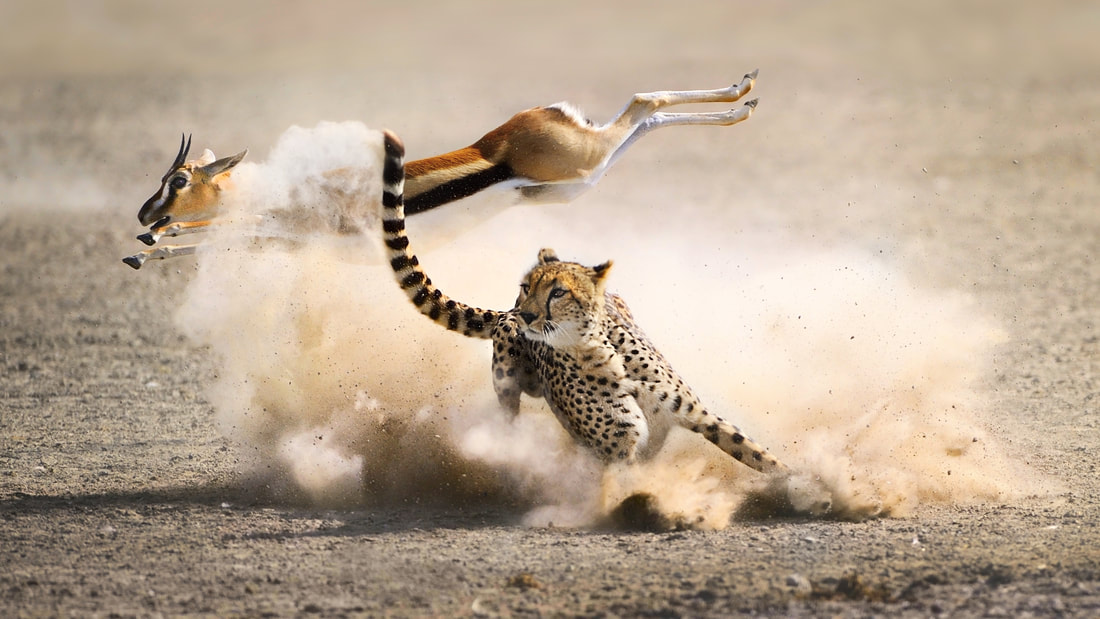
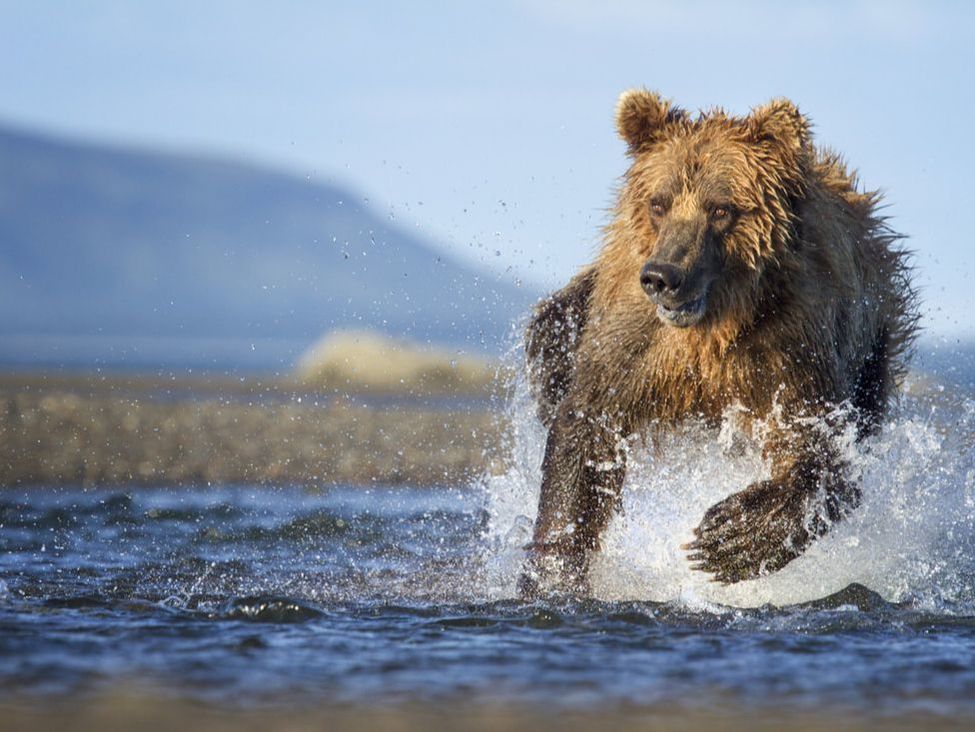
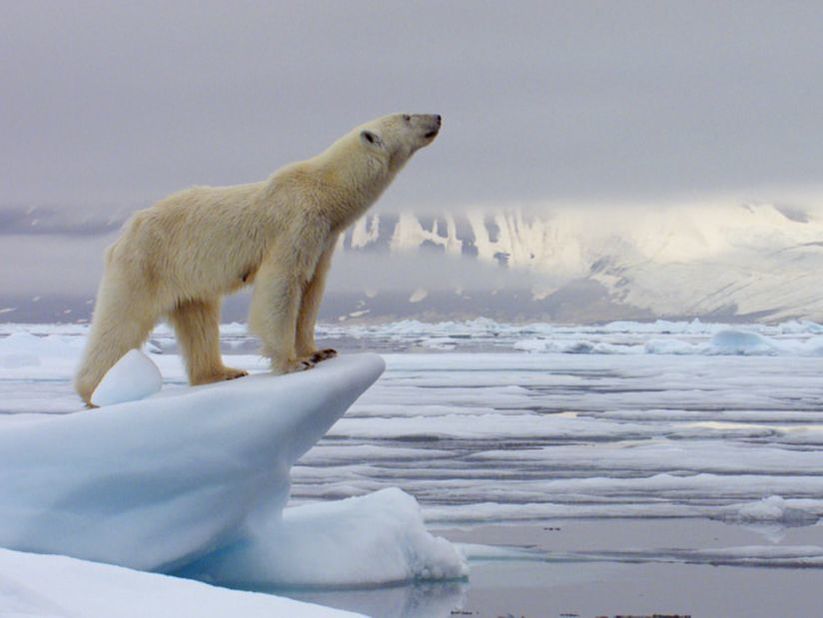
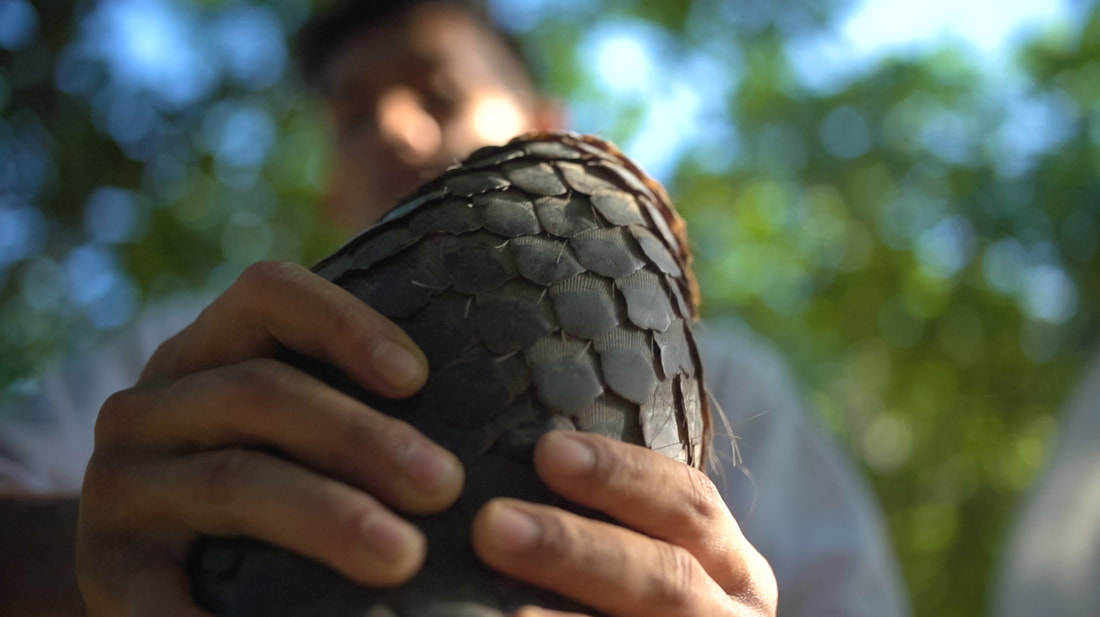
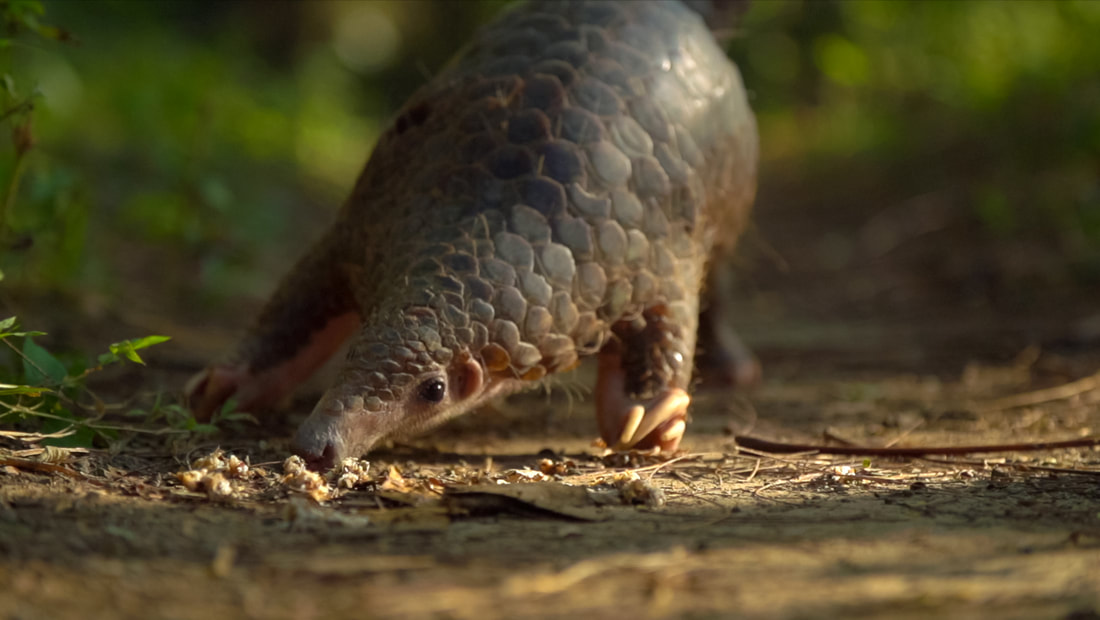
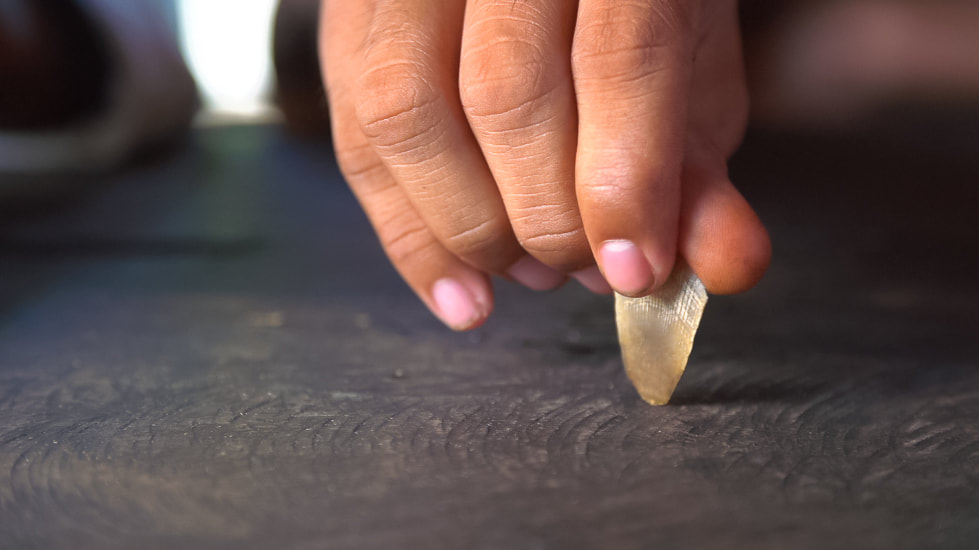
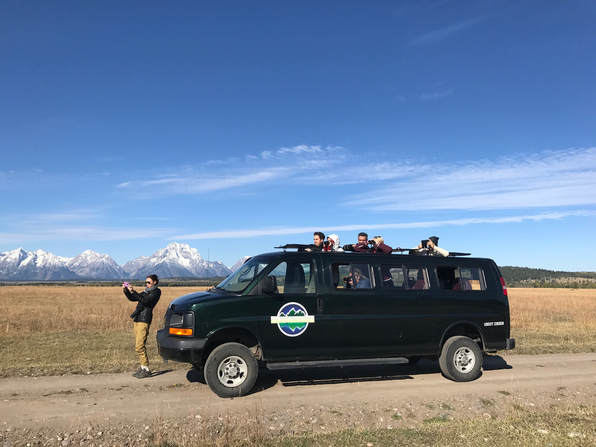
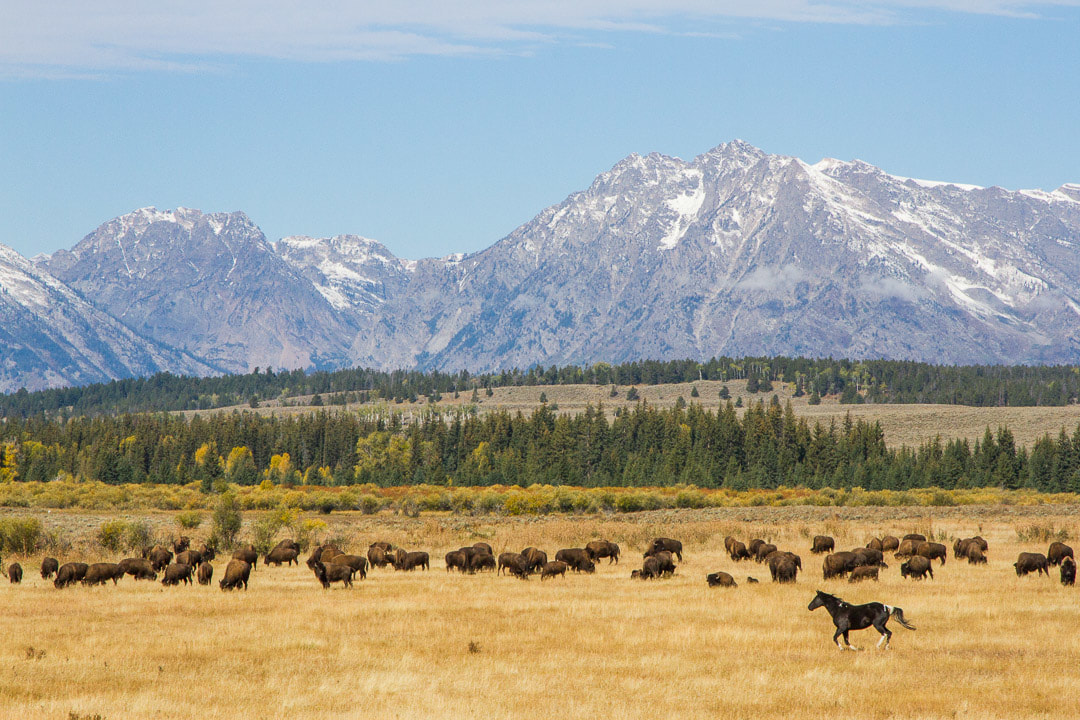
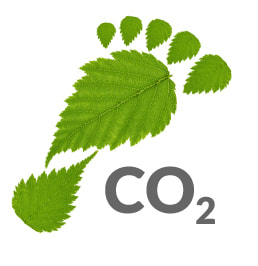
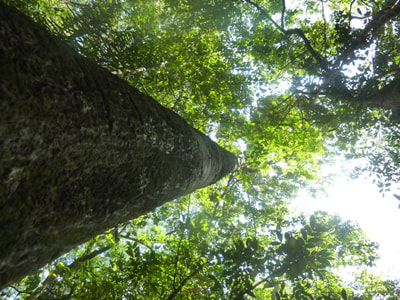
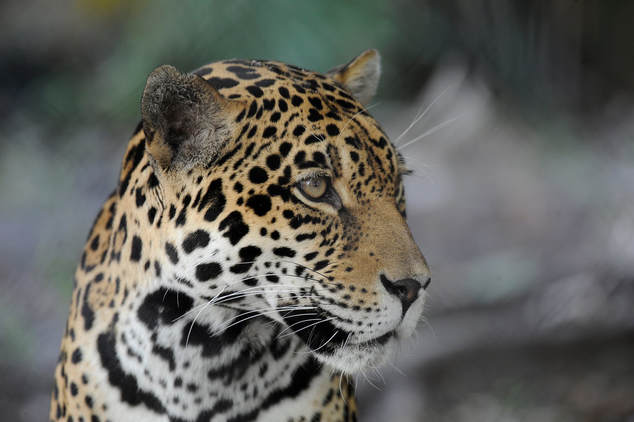
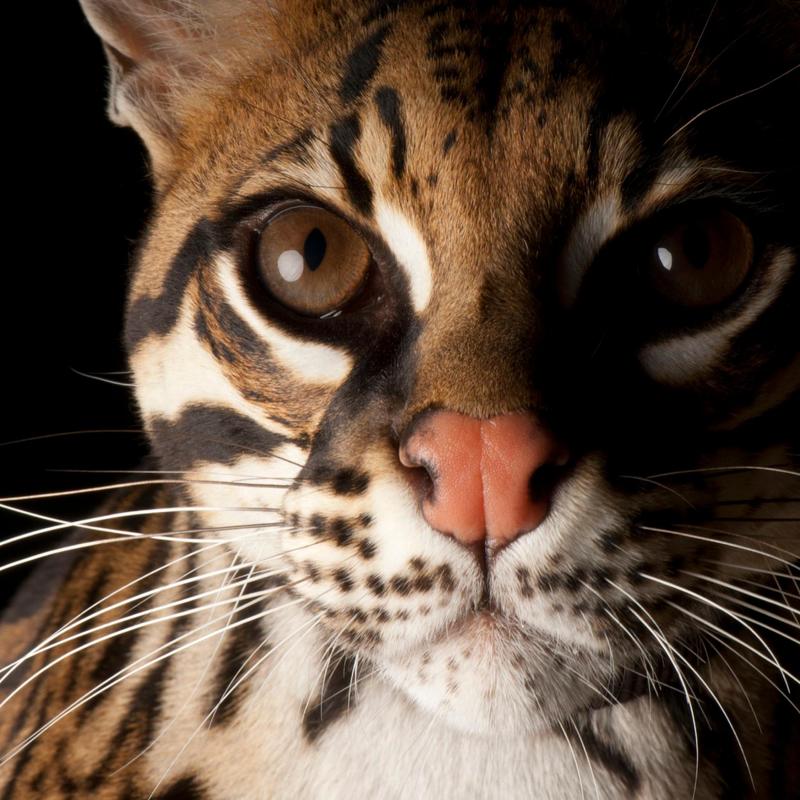
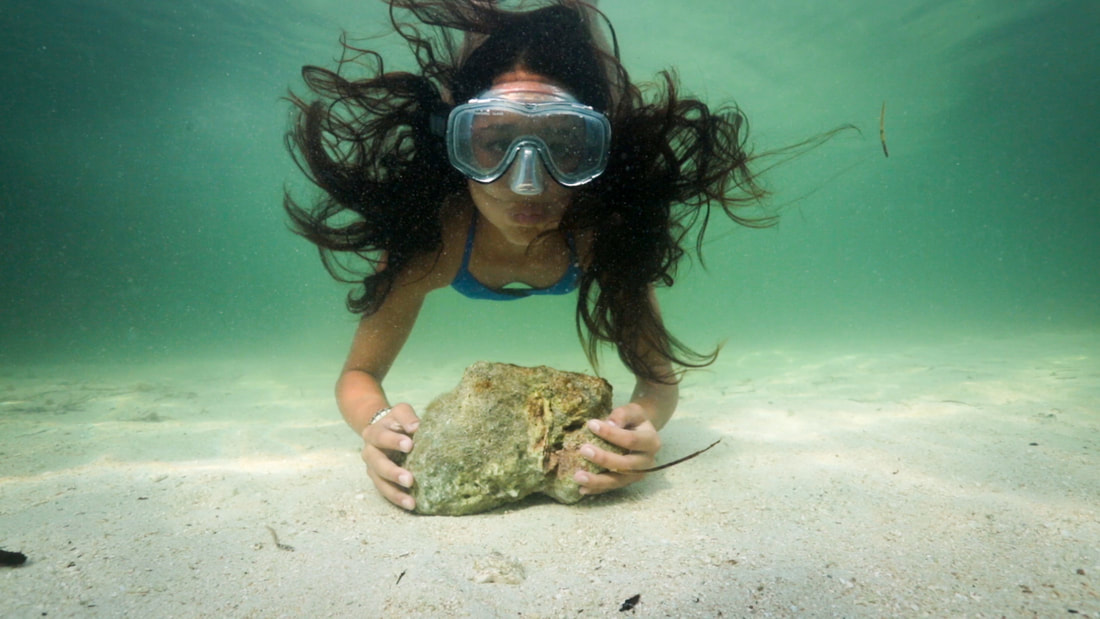
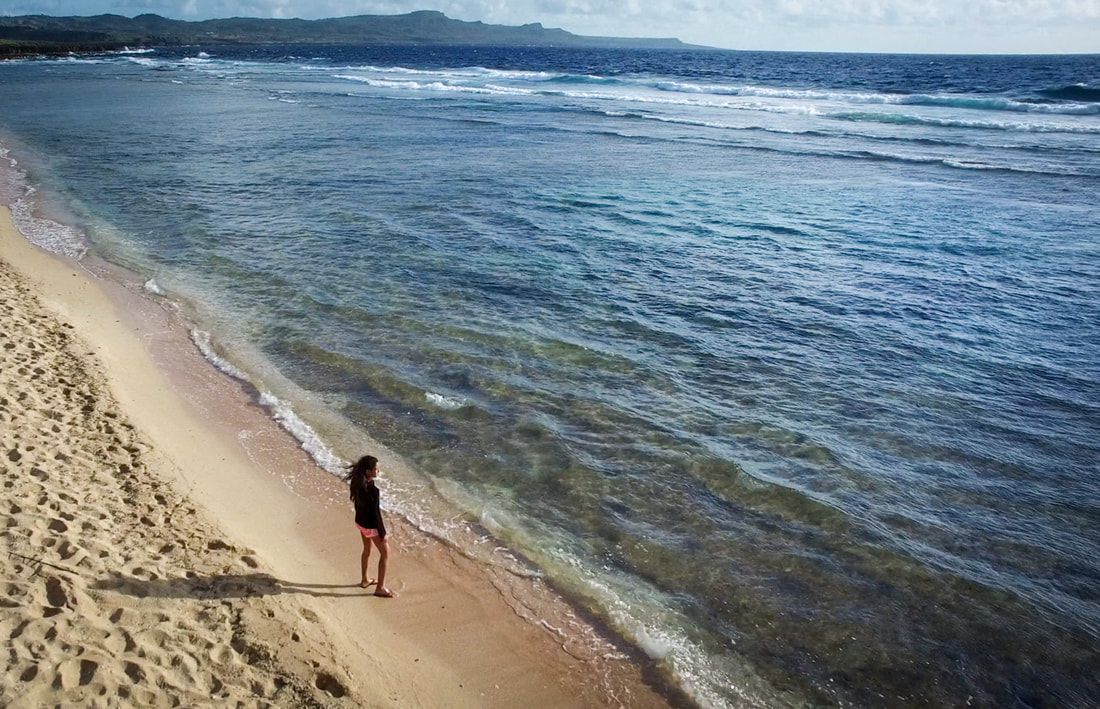
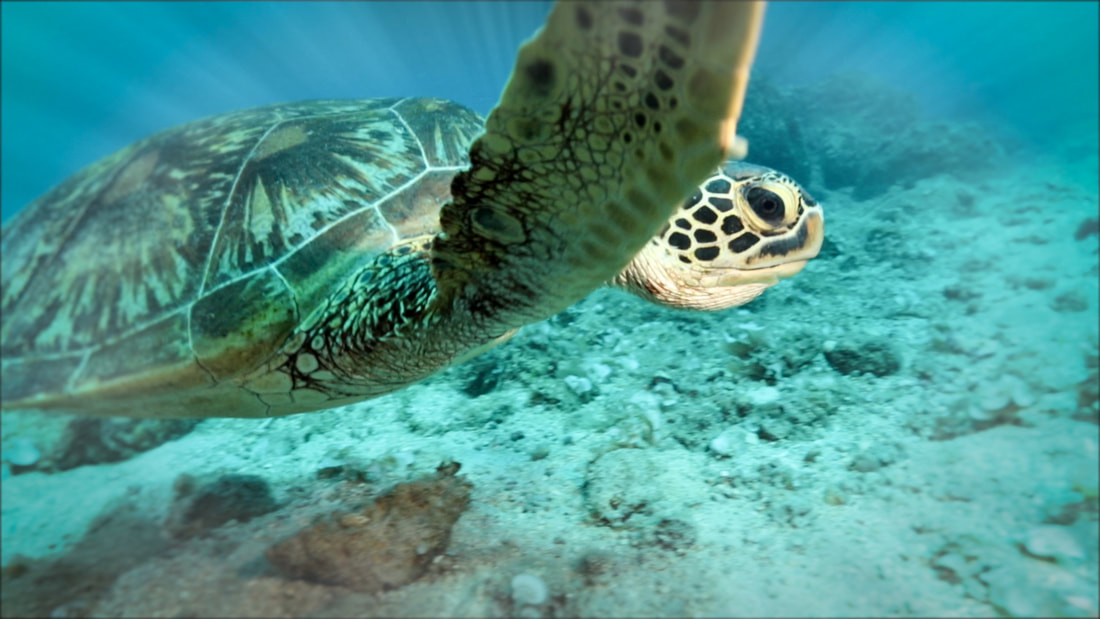
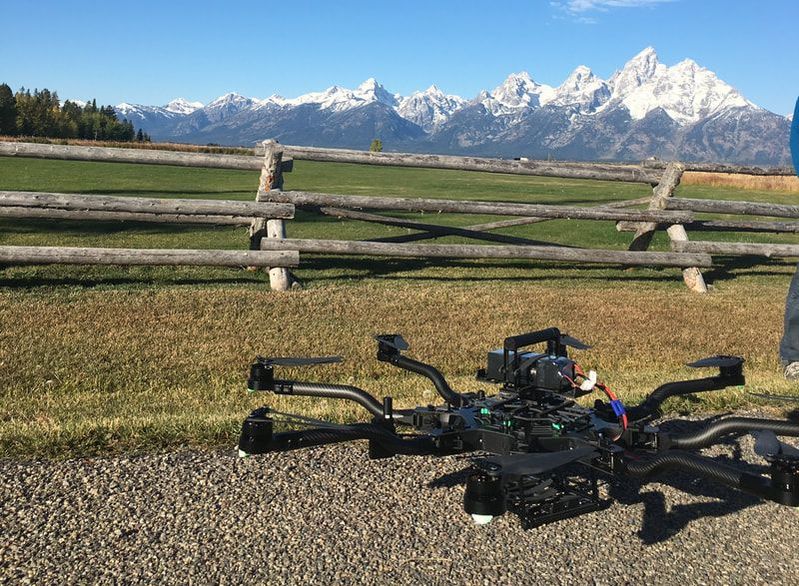
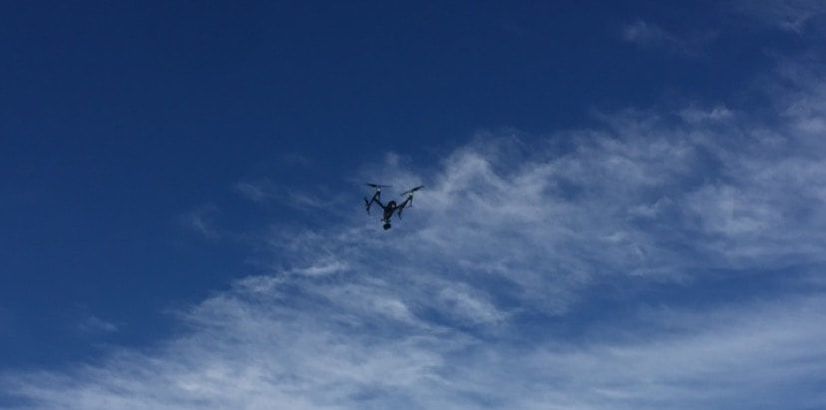
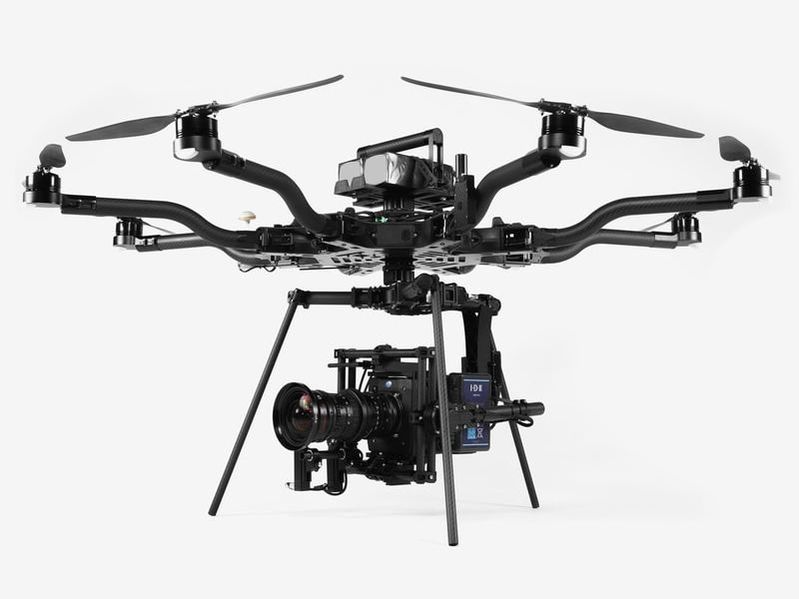
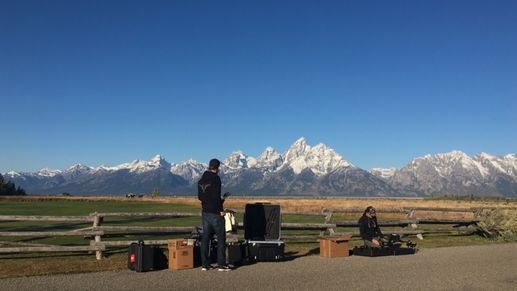
 RSS Feed
RSS Feed